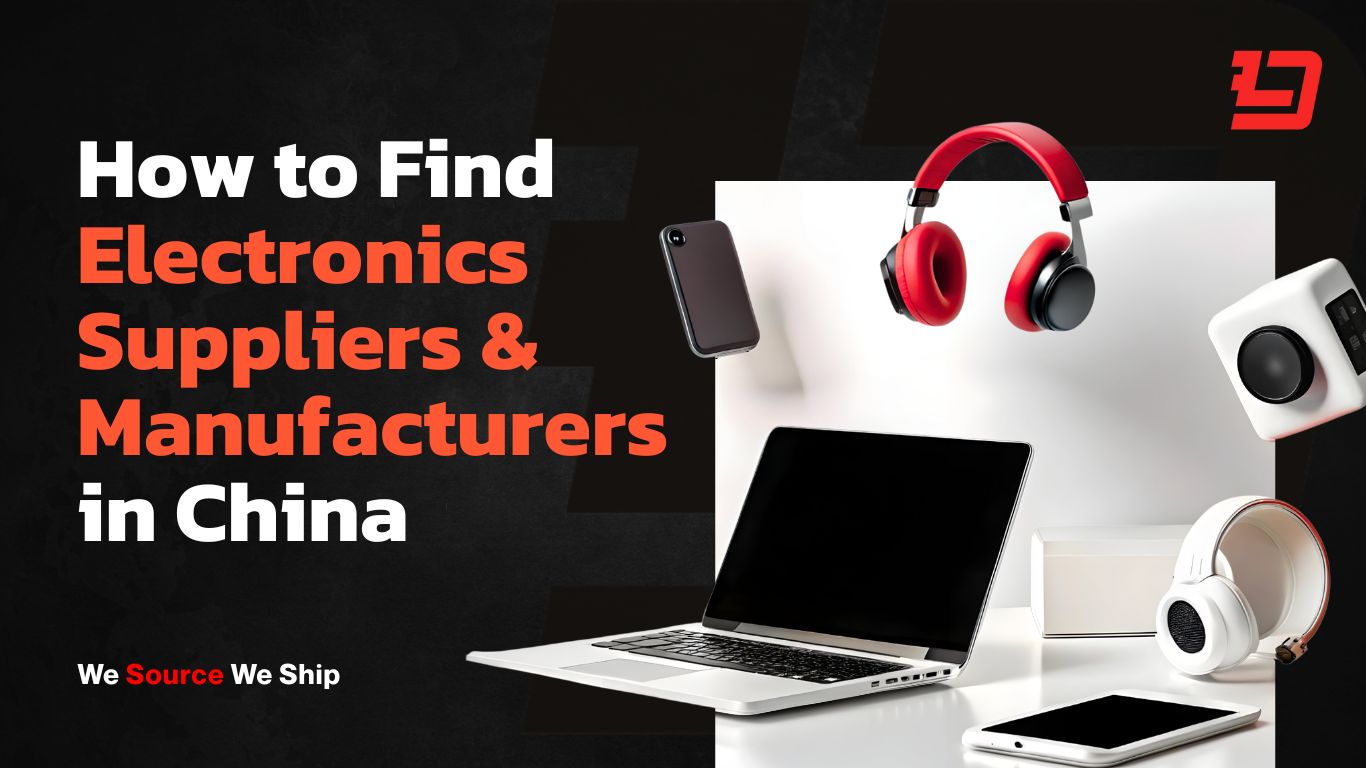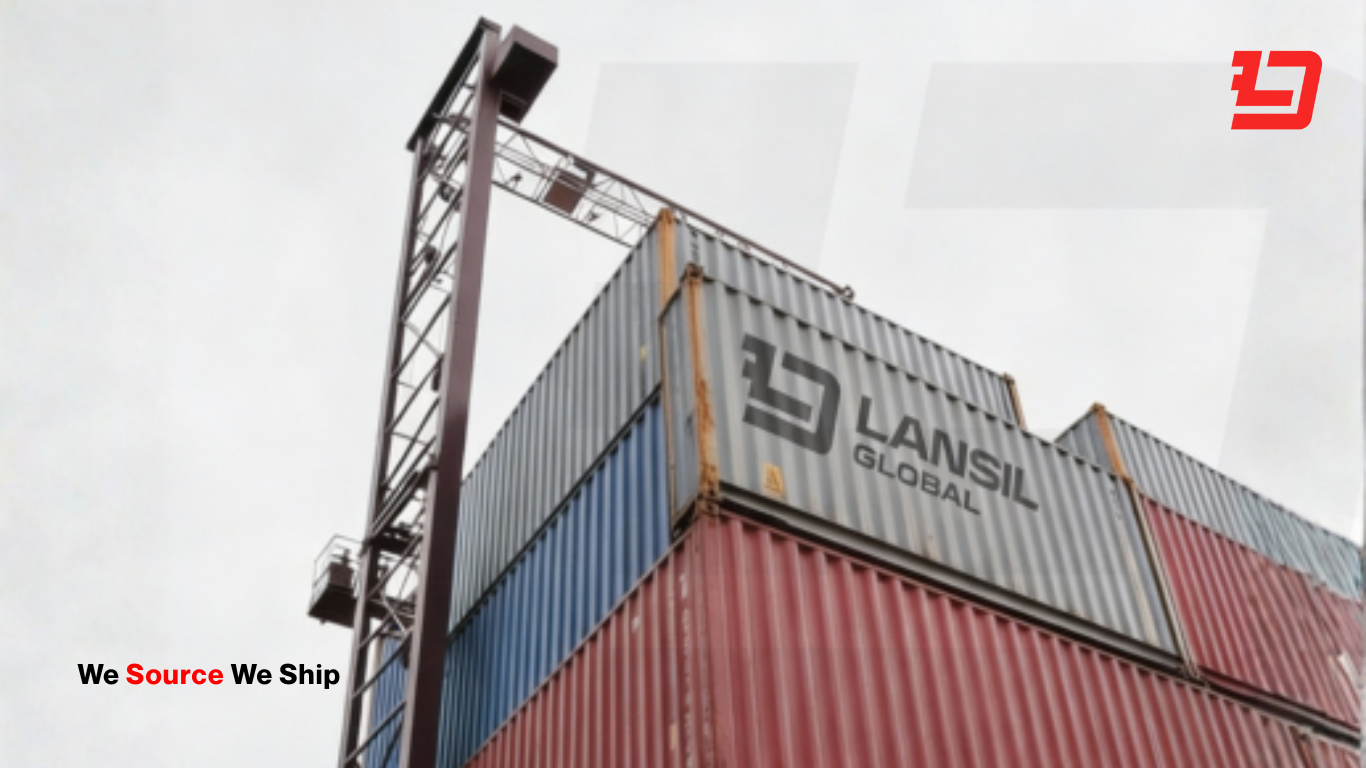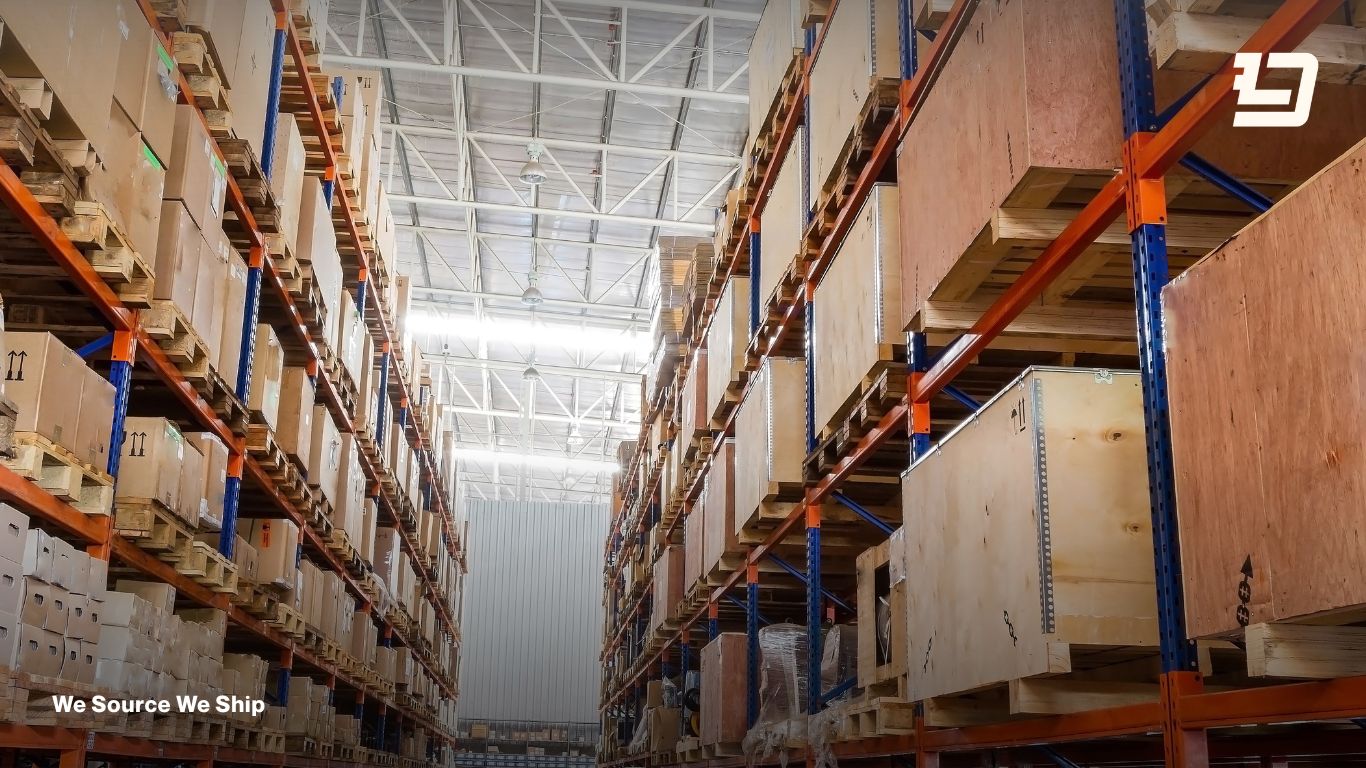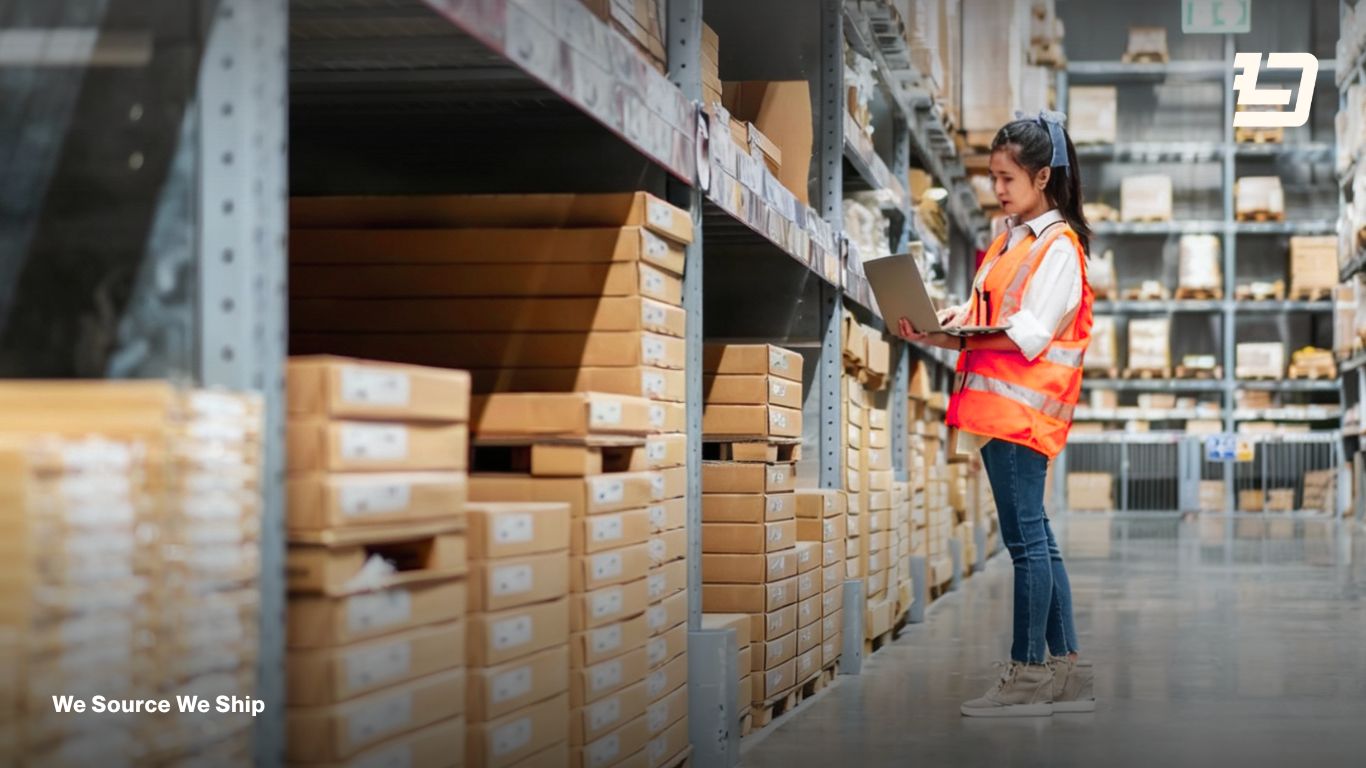Sourcing electronics in China can unlock huge growth for ecommerce brands, but in 2025 it requires more strategy than ever. China remains the global hub for electronics production, yet tariffs, compliance rules, and supply chain shifts are reshaping how brands approach sourcing.
The numbers highlight both opportunity and risk. In Q1 2025, China produced 1.25 billion smartphones, an 8.2% year-on-year increase. The country is projected to lead global semiconductor investment again in 2025, spending nearly $38 billion on new equipment despite a 24% drop from 2024 At the same time, government policies continue to boost high-tech manufacturing, strengthening clusters in Shenzhen, Xi’an, and Hefei.
For ecommerce owners, this means China is still the best place to scale electronics—but supplier choice has never been more critical. If you’ve read our China sourcing guide, you already know the fundamentals. This article builds on that foundation and focuses specifically on electronics: how to find, validate, and scale reliable suppliers in 2025.
Step 1: Define What You Need
Electronics sourcing is not something you can “figure out later.” You need clarity upfront:
- Product details: components, chipsets, casing materials, and firmware.
- Certifications: CE, FCC, RoHS, UL depending on your target market.
- MOQ expectations: many factories prefer 2,000–5,000 units, but some will allow pilots.
- Budget and lead time: include molds, testing, and freight, not just per-unit cost.
The more specific you are, the easier it becomes to filter suppliers.
Step 2: Where to Search for Suppliers
Different sourcing channels offer different strengths. Here’s a simple breakdown:
| Channel | Strengths | Weaknesses | Best Use |
|---|---|---|---|
| Alibaba / Made-in-China | Large selection, easy outreach | Many trading companies | Initial research |
| 1688 (domestic) | Factory pricing | Language barrier | Price benchmarking |
| Trade shows | Inspect samples in person | Requires travel | Serious vetting |
| Regional clusters (Shenzhen, Dongguan) | Specialized hubs | Hard to access remotely | Advanced devices |
| Sourcing agents / companies | Pre-vetted factories, QC support | Small added cost | Complex and manufactired electronics |
| Referrals | Trusted recommendations | Limited scope | Niche categories |
For many ecommerce owners, starting online and then working with a sourcing company gives the best balance of choice and safety.
Step 3: Work With a Sourcing Agent
Electronics are complex. Factories sometimes cut corners with batteries, chips, or packaging, which can ruin your reputation. A sourcing agent in China helps protect your brand by:
- Verifying that factories are legitimate.
- Negotiating better payment terms and MOQs.
- Running on-site quality inspections.
- Handling compliance checks before shipping.
When choosing an agent, ask for electronics experience, transparency on fees, and references from other brands. Avoid anyone who takes hidden commissions from factories.
Step 4: Validate Factories Before Committing
Finding suppliers is only step one. Validation is where most brands fail. A proper checklist should include:
| What to Check | Why It Matters |
|---|---|
| Business & export license | Confirms the factory is legally allowed to export |
| Factory audits | Proves production capacity and safety standards |
| Multiple sample rounds | Shows consistency between batches |
| Upstream component sourcing | Avoids grey-market chips and batteries |
| On-site or video tours | Tests transparency and openness |
| Compliance reports | Confirms readiness for CE, FCC, RoHS, or UL |
Suppliers that resist audits or paperwork are usually the ones you don’t want to work with.
Step 5: Negotiate Smarter
Don’t focus only on unit price. Electronics contracts should cover:
- Tooling and mold ownership so your designs aren’t reused.
- Sample approval clauses to ensure bulk production matches the prototype.
- Defect thresholds using AQL standards.
- Tiered pricing to reflect volume growth.
- Payment terms that balance deposits with final QC checks.
Strong negotiations protect your margins and your intellectual property.
Step 6: Prioritize Quality Control
Quality control is your safety net. For electronics, inspections should happen in stages: checking raw components before production, monitoring assembly lines, and testing finished units before shipment. For high-risk products like chargers or devices with batteries, certified lab testing is essential.
Third-party inspections may feel like an extra cost, but they save you from defective shipments and unhappy customers.
Step 7: Plan Logistics and Fulfillment
Shipping choices matter. Air freight is faster but more expensive, while sea freight is more efficient for bulk orders. Many ecommerce brands split shipments—sending smaller volumes by air for launches and bulk stock by sea for ongoing sales.
Using both China-based fulfillment hubs and U.S. warehouses gives flexibility. China hubs are great for global customers, while U.S. facilities like Lansil Global’s in Nevada and Pennsylvania allow for 2–4 day delivery and easier returns.
Step 8: Scale Without Relying on One Factory
Electronics factories can shift focus quickly if bigger clients take priority. That’s why keeping at least one backup supplier is smart. Score your factories on quality, communication, and timeliness every quarter.
Diversifying suppliers doesn’t mean leaving China—it means building resilience so your business doesn’t stall when one factory drops the ball.
China is still the world’s best place to source electronics, but success comes down to preparation and process. Define your specs early, use the right search channels, validate factories with audits, and treat quality control as mandatory. Negotiate smartly, plan your logistics, and always keep backup suppliers.
If you want to skip the trial and error, contact Lansil Global today. We’ll manage sourcing, audits, quality control, and fulfillment so you can focus on growing your brand.








